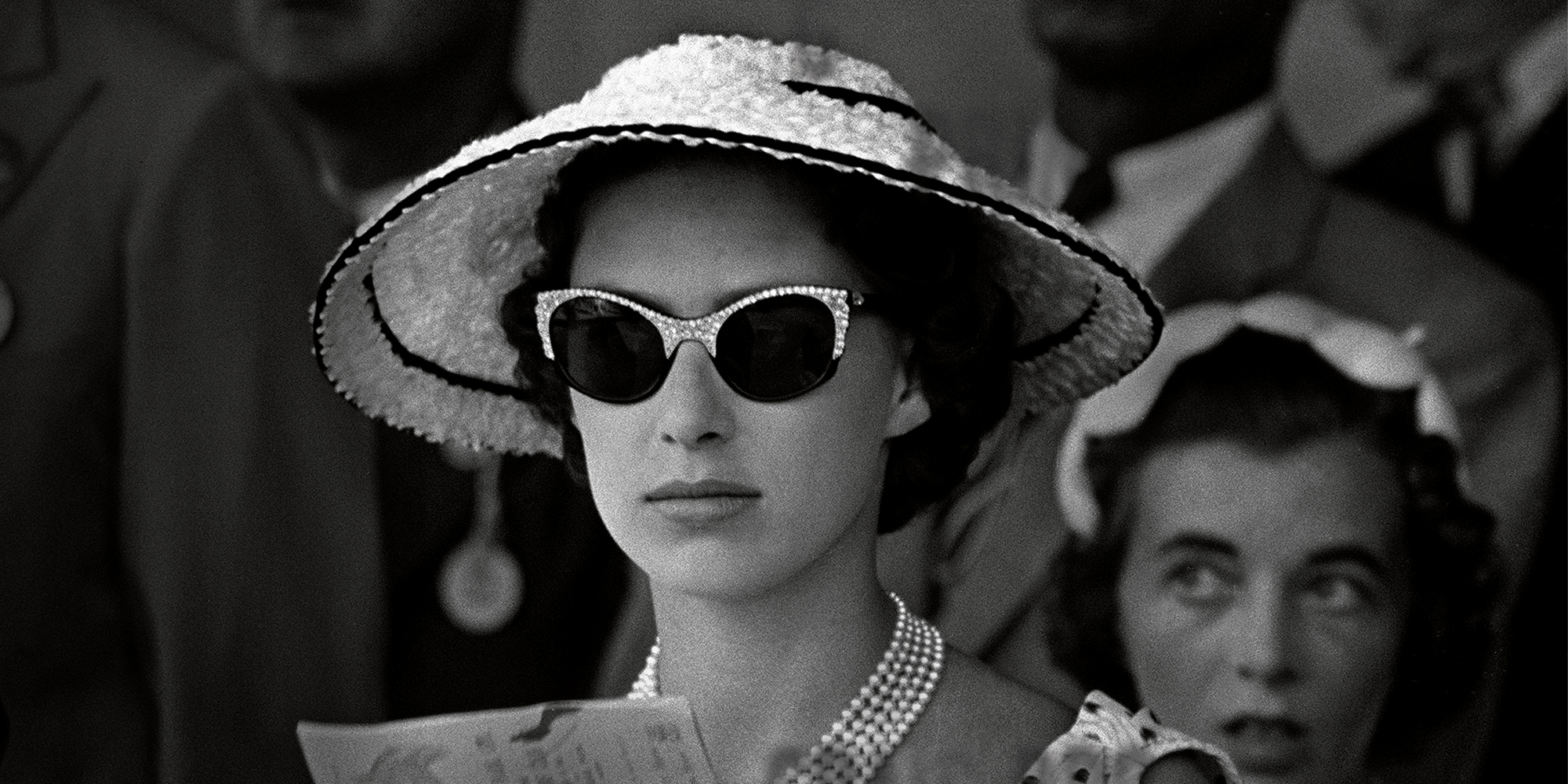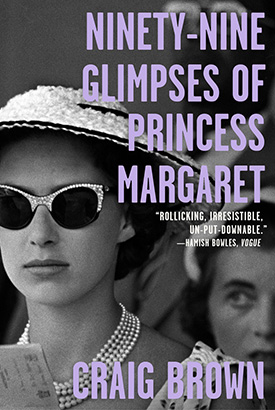When Prince Harry walks down the aisle with the actor Meghan Markle on May 19th, he will become the first royal in two generations to marry someone from the world of the arts.
The relationship between royalty and the arts has been uneasy, even perilous. After all, if Harry’s ancestor King Charles I hadn’t been such a devoted art-lover, he could have avoided execution. King Charles’s almost manic need to collect works of art—he managed to accumulate roughly 1,500 paintings and 500 sculptures—helped ostracise him from his people, who had unwillingly paid for his collection out of their taxes. In the first two months of the year 1623 alone, he spent over £500,000 on clothing, jewels, and art, along with an elephant and camels; at that time the court painter, Anthony van Dyck, earned an annual salary of £100. The last work of art King Charles would have seen before his beheading was an enormous ceiling painting he had commissioned from Peter Paul Rubens of his father, King James, in divine glory. It is still there, in the Banqueting House in Whitehall, adorning the ceiling of the room through which King Charles walked on his way to the executioner’s block.
It is perhaps not surprising that, ever since then, the royal family has viewed art with suspicion. “No more baintings, blays, or boetry!” King George II is said to have complained, in his thick German accent.
In the present day, Queen Elizabeth II and The Duke of Edinburgh are obliged to sit through any number of concerts and plays, and they do their best to look appreciative. But occasionally their resolve falters. On their visit in 2001 to the annual Royal Variety Performance, their biographer Gyles Brandreth sat close to them as they watched Sir Elton John, who was topping the bill.
“He sits at the piano and sings three songs,” Brandreth wrote in his diary. “He has his back to the Royal Box. ‘I wish he’d turn the microphone to one side,’ says the Queen. ‘I wish he’d turn the microphone off,’ says Prince Philip.”
Prince Harry is not the first member of his family to marry someone from the world of the arts.
Nonetheless, Prince Harry is not the first member of his family to marry someone from the world of the arts. In 1960, his great aunt—the Queen’s sister, Princess Margaret—married the photographer Antony Armstrong-Jones. Lord Snowdon, as he became, was much more bohemian and raffish than Meghan Markle: wild, slightly camp, ruthless, and sexually promiscuous. While the Royal couple were on their honeymoon, his best friend’s wife gave birth to Snowdon’s first child, a baby girl.
“What is a bohemian? What does it mean?” Margaret asked a lady-in-waiting, soon after their wedding.
“Well, Ma’am,” came the reply, “With Tony, it means he won’t always turn up to lunch when he says he will.”
In the early days of their marriage, Margaret seemed to enjoy the company of the writers and artists in Snowdon’s milieu. For her, they presented a welcome contrast to the stuffy, elderly atmosphere of the court. And artists, seldom free from snobbery, liked to hobnob with the princess. But their encounters would often end in tears. Margaret was never fully able to shed her grandeur, and, in turn, the artists could never bring themselves to behave with due deference.
Emboldened by champagne at a ball thrown by Lady Rothermere, Margaret grabbed the microphone and started singing Cole Porter songs, egged on by obsequious guests. She had just started singing “Let’s Do It” when the sound of jeering and booing arose from the back. Princess Margaret was mortified; she rushed offstage. “It’s that dreadful Francis Bacon!” a furious red-faced man thundered to the writer Caroline Blackwood. “He calls himself a painter but he does the most frightful paintings! I just don’t understand how a creature like him was allowed to get in here! It’s really quite disgraceful!”
But Bacon remained unrepentant. “Her singing was really too awful. Someone had to stop her. If you’re going to do something, you shouldn’t do it as badly as that.”
Many of those Margaret counted as friends would greet her warmly at parties, only to return home and write waspish things about her in their diaries. The photographer Cecil Beaton spotted her at Princess Anne’s wedding party at Buckingham Palace in 1973, and wrote this in his diary: “Gosh the shock! She has become a little pocket monster . . . Poor brute, I do feel sorry for her. She was not very nice in the days when she was so pretty and attractive. She snubbed and ignored friends. But my God she has been paid out! Her appearance has gone to pot. Her eyes seem to have lost their vigour, her complexion is now a dirty negligee pink satin.” Two years later, his fellow diarist, Sir Roy Strong, a frequent guest at Princess Margaret’s dinner parties, concluded: “She is, as we all know, tiresome, spoilt, idle and irritating.”
As the years rolled by, Margaret, hurt by life, grew increasingly acidic. In his autobiography, the movie producer Robert Evans recalls being presented to Princess Margaret after the Royal Command Performance of Love Story in 1970. “It was a hell of a thrill, abruptly ending when the lovely princess shook my hand.
‘Tony saw Love Story in New York. Hated it.’
‘Fuck you too,’ I said to myself, smiling back.”
She liked ballet but disliked opera. “Can’t stand it,” she told the then-director of the Royal National Theatre, Richard Eyre. “A lot of frightfully boring people standing still onstage and yelling.”
She liked ballet but disliked opera. “Can’t stand it,” she told the then-director of the Royal National Theatre, Richard Eyre. “A lot of frightfully boring people standing still onstage and yelling.” And she extended her dislike to musicals, too. In 1992, she attended a preview of Rodgers and Hammerstein’s Carousel, and shook hands with the cast afterwards. Eyre then escorted her to the door. He made this note of their brief conversation:
ME: I’m glad you enjoyed the show.
SHE: I didn’t. I can’t bear the piece.
Paradoxically, her most loyal friend was Gore Vidal, a writer most widely known for his waspishness. After the princess’s death in 2002, he declared her “far too intelligent for her station in life.” She, on the other hand, had been less loyal to Vidal. “The trouble with Gore,” she once observed, “is that he wants my sister’s job.”
Will the arrival of Meghan Markle finally cure the royal family of their fears about the arts? As a successful actor, she learnt that—as her biographer, Andrew Morton put it—“she could charge a fee for just turning up.” Her rate was, apparently, “twenty dollars and upwards per appearance.” Now she has joined a family whose historic role has involved “just turning up.” Whatever their initial suspicions, they may well come to appreciate the introduction of a professional to their ranks.
Craig Brown is a prolific journalist and the author of more than fifteen books. He has been writing his parodic diary in Private Eye since 1989. He is the only person ever to have won three different Press Awards—for best humorist, columnist, and critic—in the same year. He has been a columnist for The Guardian, The Times (London), The Spectator, and The Daily Telegraph, among others. He currently writes for The Daily Mail and The Mail on Sunday. His last book, Hello Goodbye Hello, was translated into ten languages, and was a New York Times bestseller.

